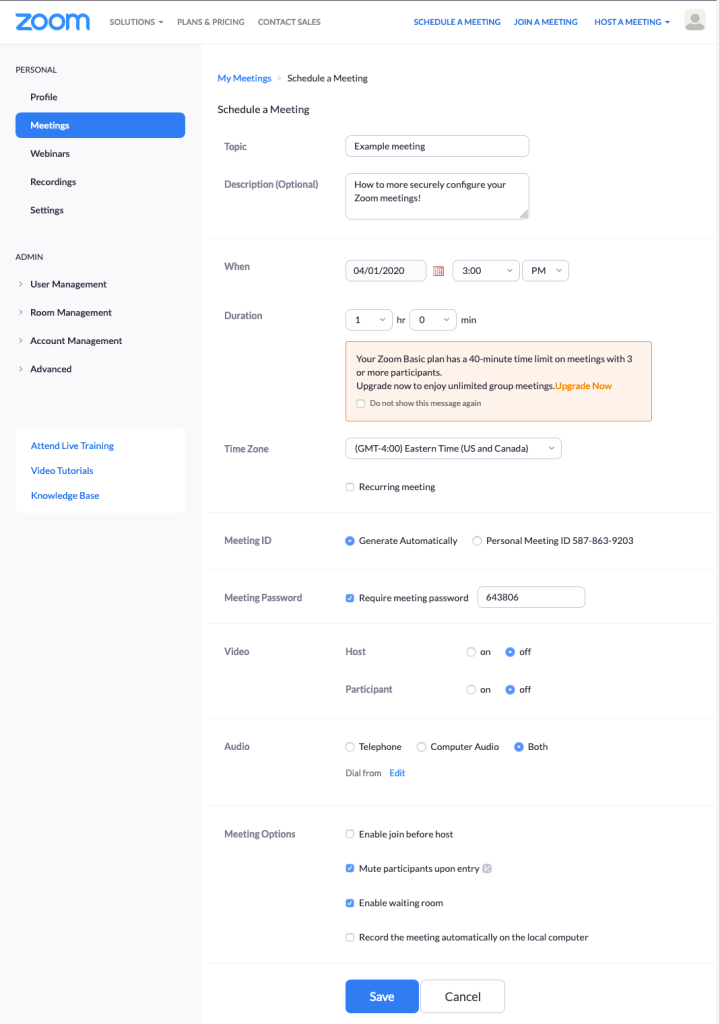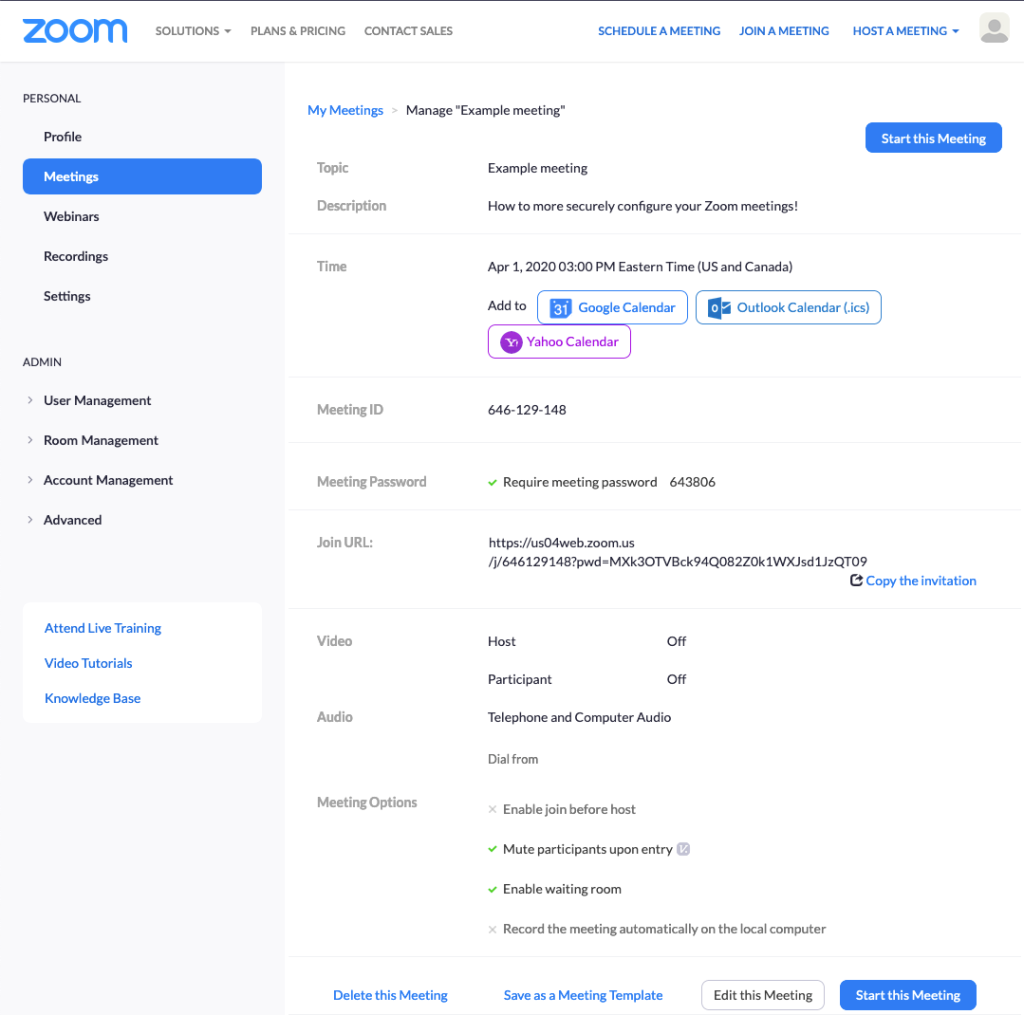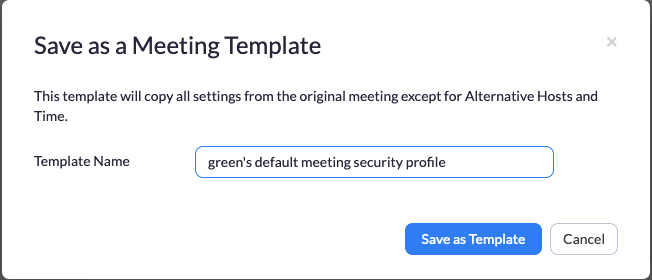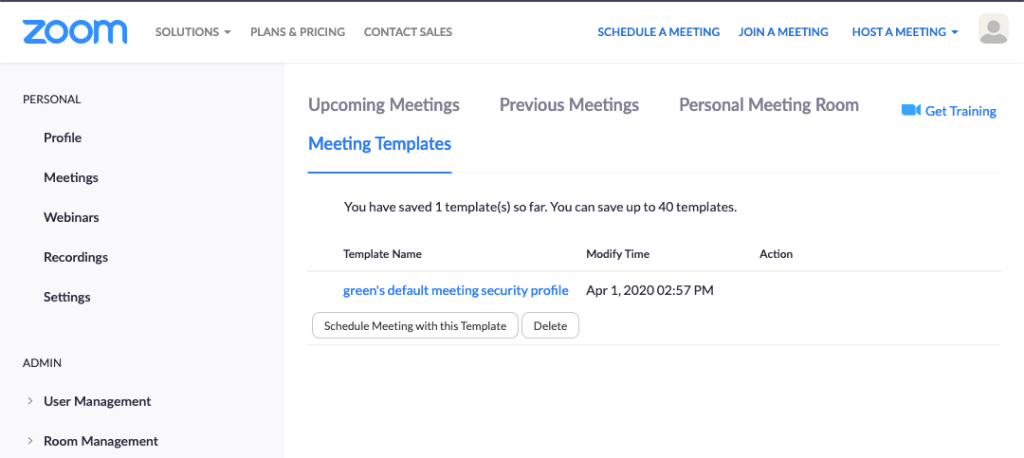

KENNESAW, Ga. | Apr 15, 2020

This blog was originally posted at https://andygreen.phd/2020/04/01/practical-zoom-meeting-security-tips/. The author has adapted for use on the Coles College Faculty blog website.
Zoom is a meeting-at-distance tool that has seen explosive growth in users as the COVID-19 pandemic has swept the planet. Due to its increasing popularity and relative ease of use, people are flocking to Zoom for daily use in all kinds of scenarios. Not coincidentally, security researchers have been quoted in multiple news articles questioning the “safety” and “security” of Zoom.
The point of this blog post is not to debate the relative merits of the recent coverage that Zoom has experienced. Instead, the point of this blog post is to help you make Zoom as safe as possible for you to use while understanding the risks associated with using it. Nothing in life is risk-free, and Zoom is no different. Also, these tips are offered for individuals using personal accounts, whether free or paid. If you are using Zoom in a corporate context as part of your job, you should follow whatever guidance your corporate security staff provides for employees.
With that in mind, please consider the following tips when creating meetings in Zoom:
Below is a screen capture of an example of a meeting set up with all of the options set as described above:

Once the meeting host saves the meeting, they should see a screen that looks similar to this:

Notice the “Save as a Meeting Template” link at the bottom? Meeting hosts should click that link to save the settings in a template to ensure that future meetings have the same settings. Name it something that makes sense to you and save it.

To schedule future meetings with the same settings, meeting hosts simply have to click on the “Meeting Templates” link at the top of the page, where they will now see the template along with a button that they can click to create a new meeting using these settings.

Zoom has proven to be an effective meeting at-distance tool for many, and its popularity and use will only increase over time. But, as with any software product, it does not come without some risks. By implementing the tips above, meeting hosts have taken the necessary steps to ensure their meetings are free of uninvited attendees, thus lowering risks for everyone involved.

Bringing Career Conversations Into the (Virtual) Classroom: Requiring One-On-One Office Hours in an Online Marketing Capstone for Student Success

How does Services Development Affect Manufacturing Export Competitiveness?

The Problem of Teaching Performance Evaluation and a Proposed Solution

Disruption at Regional Universities: Challenges and Opportunities.